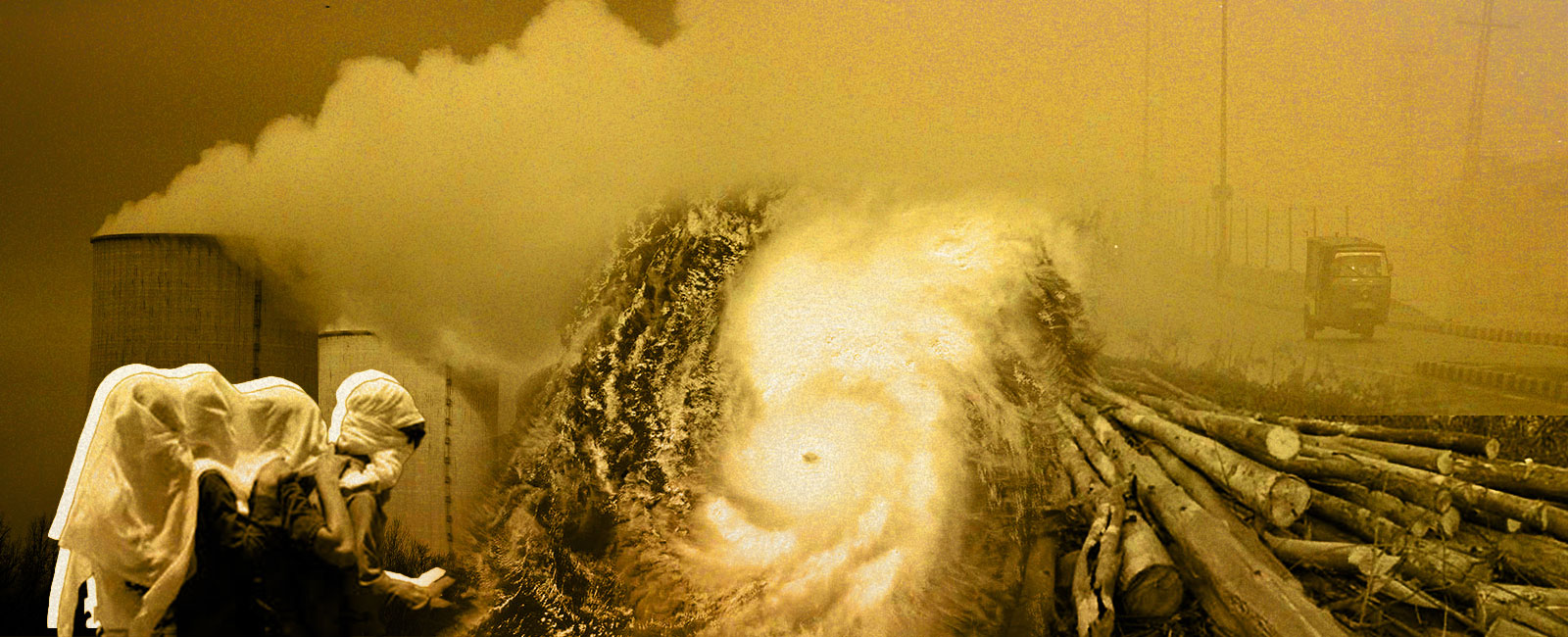Slothful action intensifies Pakistan's climate devastation in 2024
Amid ongoing environmental turmoil, climate disasters of 2024 place Pakistan at greater risk due to a lack of swift on-ground action

The year 2024 posed prominent climate hurdles for vulnerable Pakistan. The country did not completely recover from previous environmental disasters and ended up encountering more devastation. It was one shocker after another.
However, this year’s climate dilemmas were not new for both government authorities as well as the masses. The same problems impacted the country and its people the previous year as well as the few years before it but this time they just appeared with more intensity and evidently created space for the same circumstances over the upcoming years as well if immediate actions are not taken.
It is important to note that there is still a lack of climate awareness and sensitivity amongst the majority of the masses. Moreover, the disasters exclusively impacted under privileged and unguarded demographics more. These groups include women, children, labour class, poor and minority communities. It remained the same old pattern where due to systemic incompetence, the brunt was faced by the people who were not directly complicit in the environmental deterioration.
Heatwaves and smog made it among the most extreme climate events in the country in 2024. In addition, cyclonic storms, glacial lake outburst floods (GLOF) events, cold waves, floods in some areas and waste pollution also left marks of their destruction in the country.

The policies by the government, relevant ministries and provincial departments were revised with more or less the same foundations laid during the previous years but their implementation was met with institutional slothfulness and disregard.
Ministry of Climate Change and Environmental Coordination spokesperson Mohammad Saleem, while highlighting the action steps devised by the government to tackle climate problems, claimed: “In 2024, Pakistan has made notable progress in implementing its national climate policy, focusing on financial strategies, renewable energy adoption, tree plantation, promotion of e-vehicles and international collaborations to enhance climate resilience.”
National Climate Finance Strategy 2024, renewable energy expansion, international climate financing, emission control and policy enforcement, air quality monitoring systems, heatwave management strategies, early warning systems, cooling centres and emergency response, and urban heat reduction measures were mentioned by the ministry spokesperson as significant action steps taken by the authorities in the year 2024.

However, he also pointed out that there were several institutional shortcomings as well that contributed in the extremities of climate dilemmas in 2024, particularly for smog and heat waves.
“The smog and heatwaves experienced in Pakistan in 2024 were exacerbated by several institutional shortcomings. These challenges stemmed from policy gaps, weak implementation, and lack of coordination among relevant stakeholders. While some efforts were made to address these issues, the severity of these climate events highlighted critical areas where institutional responses fell short.”

Severe heat waves were recorded by the Pakistan Meteorological Department (PMD) from May 21 till 31 in 2024 throughout many parts of the country but majorly in the Sindh province.
The metropolitan urban city of Karachi recorded temperature highs between 40 degrees Celsius to 42°C, whereas, the temperature rose to 42°C to 44°C in the districts of Thatta, Badin and Sujawal.
According to a warning by the International Rescue Committee (IRC), the heatwaves would inflame the consequences of flood and drought. This will result in food insecurity for over 8.6 million people in up to 26 of Pakistan’s 166 districts.
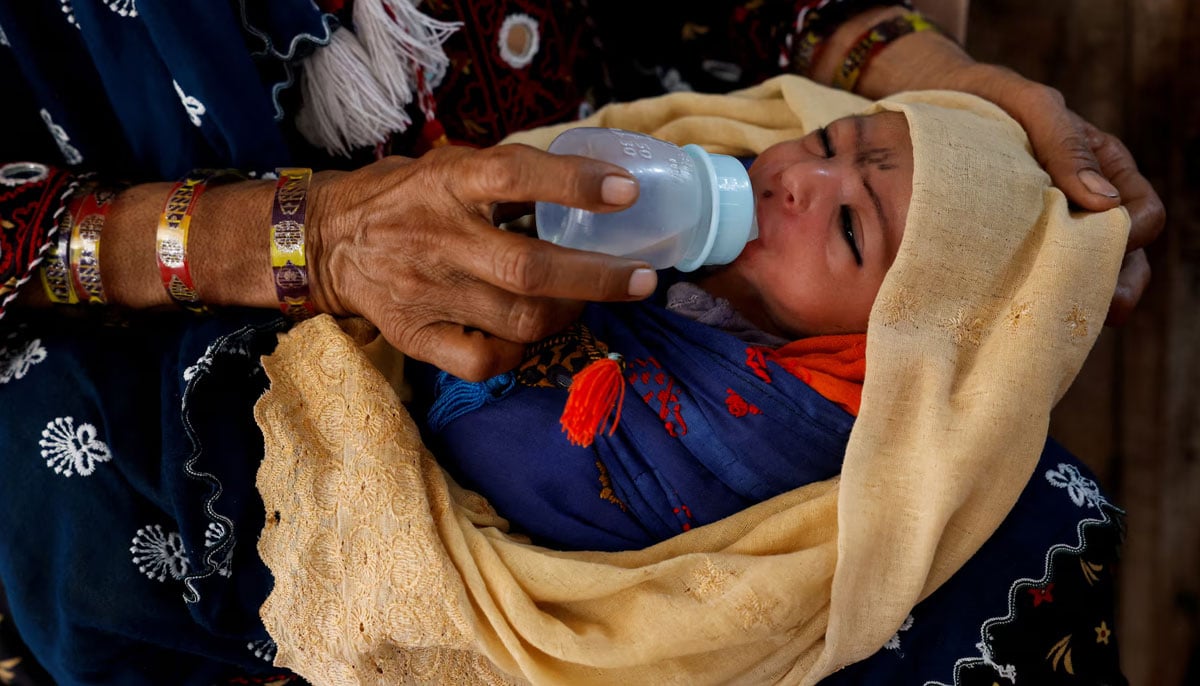
Additionally, starting from June 20, 2024, due to a prolonged heatwave, temperatures rose above 40°C and reached 47°C in Sindh. Notably, because the heatwaves were coupled with high humidity, the temperature felt like 49°C.
It was a life and death situation with a severe health crisis as 6,193 heat stroke cases were reported by the Provincial Disaster Management Authority (PDMA) in the same month.

Amid a disastrous atmosphere outside, the residents also suffered power outages lasting from 12 to 14 hours, affecting their ability to remain cool and safe even at their homes.
Over 500 people lost their lives because of deadly heat waves, 141 of whom died on June 25 alone as the temperature rose to 49°C, according to Relief Web.
Lack of green cover, greenhouse gases emissions, rapid urbanisation and industrialisation, deforestation, arid climate and poorly planned city infrastructure are contributing factors in the extremities of heat waves.

The absence of trees eliminates the cooling effect they provide, leaving no natural means to counter rising temperatures effectively.
As per the authorities, cooling centres were established in urban areas to provide relief to the vulnerable populations. The centres were equipped with water supplies, fans, and medical facilities to treat heat stroke cases. Moreover, hospitals and emergency services were also put on high alert to respond to heat related emergencies.

The government is promoting cool roofs as well as encouraging the use of reflective and heat-resistant roofing materials. Expansion of parks, green belts and plantation of trees are also present under the government’s action plan.
Given their inability to provide relief to millions, were these measures during the heatwaves sufficient?
Urban planner and environmental expert Muhammad Toheed emphasised on this institutional gap and said: “Unfortunately, the national climate policy failed to address the heat wave crisis effectively. Similarly, the Sindh Provincial Climate Change Policy also neglected this critical issue.”

“While heat wave management plans were developed for Karachi and Khyber Pakhtunkhwa (KP), they were not implemented on the ground. As a result, no effective climate action initiatives can be identified,” he said.
He indicated a lack of swift action from the authorities’ end and added: “Key shortcomings included the absence of provisions in both national and provincial climate policies for addressing heat waves, reflecting a lack of prioritisation and preparedness for this recurring disaster.”

The polluted air also became a serious crisis in the form of smog. For much of November, Lahore was ranked the most polluted city in the world in terms of air quality, according to Swiss air quality technology company IQAir’s Air Quality Index (AQI) list.
Additionally, on November 14, the pollution peaked as AQI revealed that the city’s air quality skyrocketed to an unusually high and hazardous 1,110 and tiny particulate matter, or PM2.5, reached a staggering 632 micrograms per cubic metre of air, according to Reuters.

This time, the yearly air pollution in Lahore began earlier than usual and it was more severe as compared to the previous years. The PM 2.5 concentrations frequently surpassed hazardous thresholds, which was the highest recorded in the past five years.
Satellite imagery precisely depicted the thick clouds of smog looming over Pakistan as well as its neighbour India’s Delhi.
Consequently, the residents of Lahore were struck by a health emergency as the AQI consistently remained in the "hazardous" category. In order to minimise exposure to the polluted air, schools and colleges were shut down as well as many businesses had to reduce their operations.
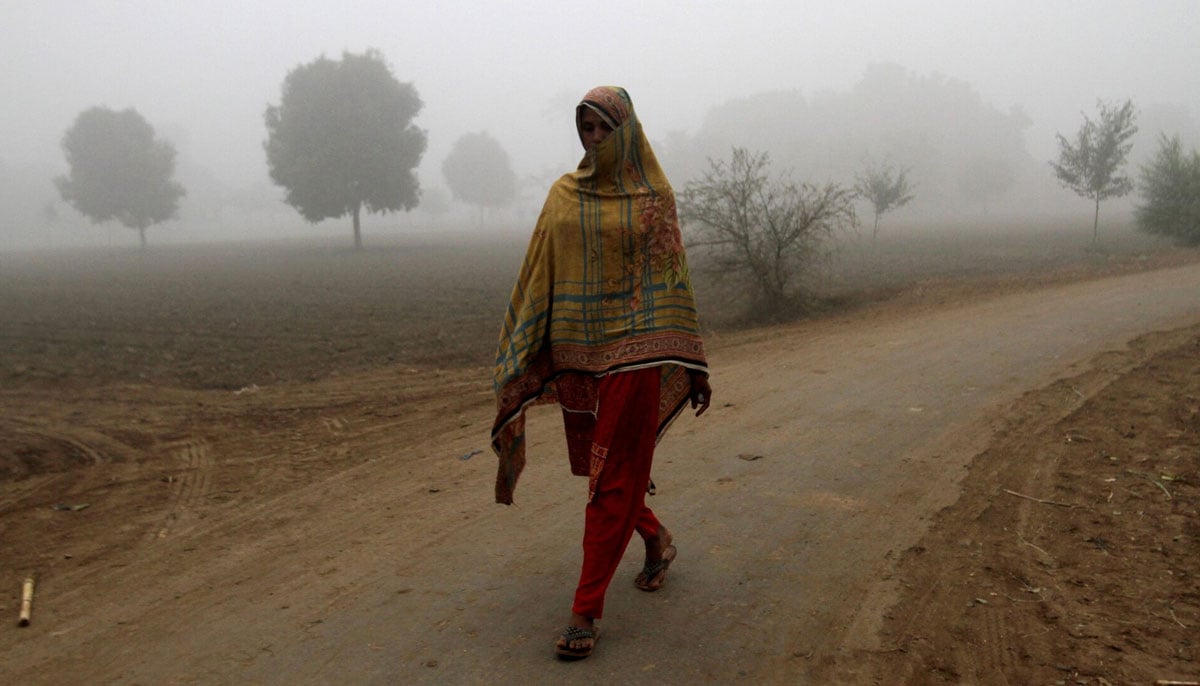
Moreover, an increase in respiratory illnesses was reported in the hospitals. Children, women and the old people faced the most burden of it.
A number of factors cause smog. These include emissions by the industry, vehicular exhaust, burning of crops and dust from construction. However, in the year 2024, stubble burning was one of the main contributors in the rising smog crisis in the country.

It is done by farmers to clear fields for the upcoming planting season. When this practice gets mingled with unfavourable meteorological conditions, smoke and pollution colonise the region.
Furthermore, in the same areas, thousands of fire incidents were also reported by the authorities. This added to an already alarming pollution.

The institutional policies to counter smog have been defined as accurate theoretically by the environmental experts. However, the experts also believe that the implementation of these climate actions on ground may not be consistent.
Urban pollution control, reducing generator emissions and strengthening legal framework and organisational capacity have been devised by the Punjab Clean Air Action Plan 2024 under the supervision of Punjab Government's Environment Protection Department.
As per this policy, transplanting rather than cutting of trees for development projects will be mandated and projects will be implemented for threefold increase in tree cover in and around six major cities of Lahore, Faisalabad, Rawalpindi, Multan, Gujranwala and Sialkot.
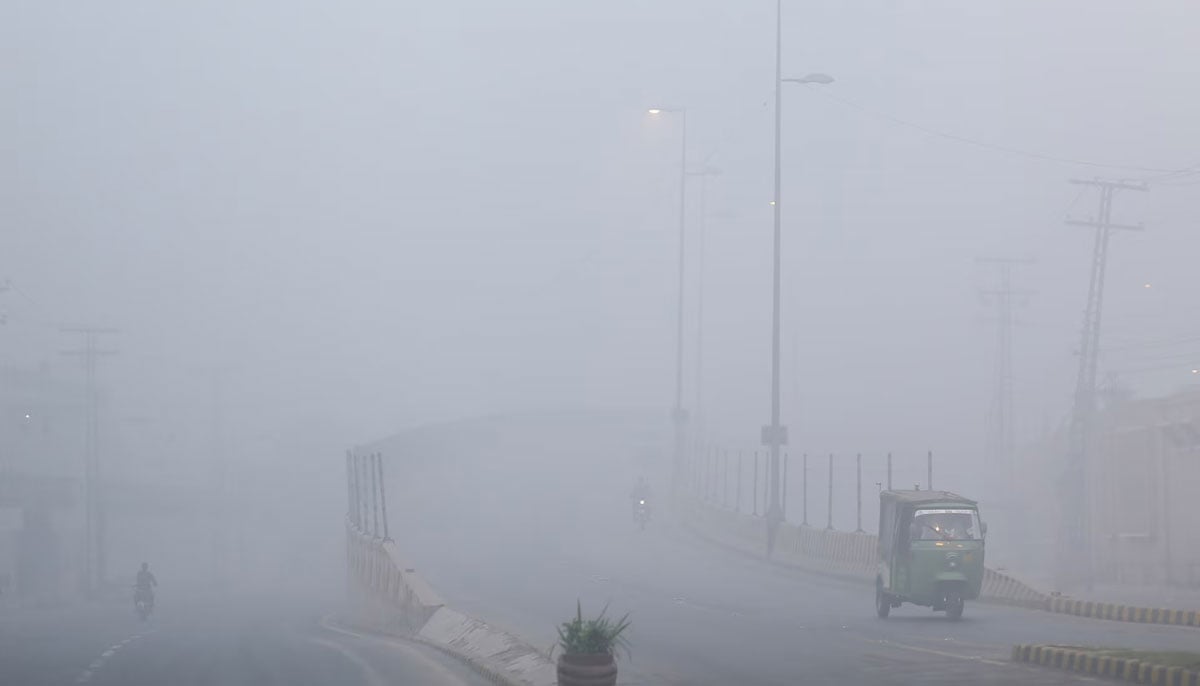
In addition to this, Smog Control Strategy under the supervision of Punjab government’s Agriculture Department aims to drastically reduce incidents of stubble burning through regulatory measures, technological interventions, and community engagement.
The key measures of this strategy include the implementation of the Punjab Environmental Protection (Smog Prevention & Control) Rules 2023, which officially bans and penalises stubble burning.
Moreover, technological solutions involve deploying remote sensing technologies to monitor stubble burning events in real-time and promoting mechanised alternatives like the super Seeders and Rice Straw Shredders for sowing without the need to burn stubble.
The authorities also claim to have provided farmers with Super Seeders and Rice Straw Shredders on subsidised rates as an alternative to burn crop residues.

Air quality expert and Darya Lab Founder Yasir Husain pointed out that though the action measures have been shaped by the authorities, they are not executed in practical terms.
He said: “What we have seen is that the policy gets passed and it is related to the climate fund and COP, it is more part of the foreign affairs ministry or climate change ministry, what happens is that nothing happens in the country, we don't see anything coming down."
“Obviously for the climate change strategy, which was an overall Pakistan strategy, the ministry of climate change asked the provinces to make their provincial climate change plans and they did and once again it was a plan which according to its authors was hurriedly put in and it's not a document which is active, so it is sitting on a shelf and it's also not something which is useful,” he added.
Husain emphasised that "there is just total ignorance of the law."
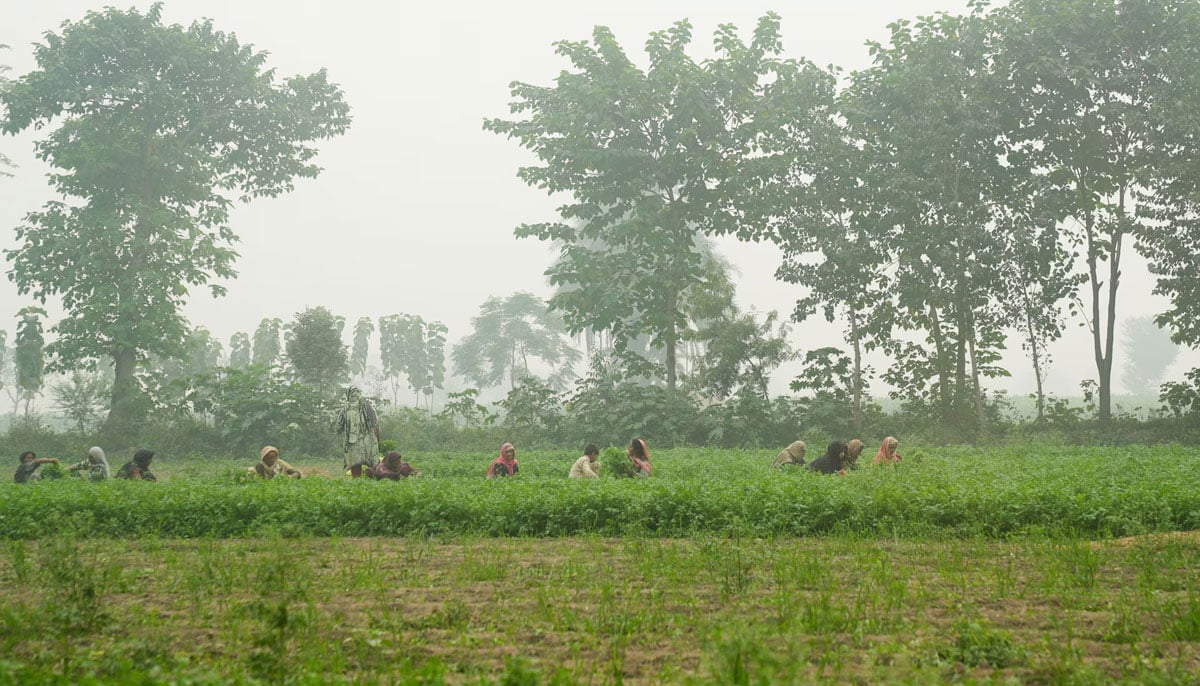
He said: “The laws are there but there is no implementation. The legal framework is very strong but it is ignored. Climate and environment have been a low priority.”
Public Policy Analyst Dawar Butt also highlighted the same dilemma and said: “National Policy was announced in 2017 but if you notice seven years later, a lot of the things haven’t really improved and neither does the government has any number to show that these are the positive changes that have been implemented.”

Husain further mentioned that the government is bringing policies to tackle the smog crisis. He said that the authorities are going to draft another electric vehicle (ev) policy in 2025. The official name of this policy is "New Energy Vehicle Policy".
It is called that because it not only includes the electric vehicle but it also includes hydrogen and other sources of energy.
“This is a good policy and it talks about phasing out all the petrol cars out of the country by 2050 and by 2026. We are going to discuss it with bankers, we are going to finance it and also consumer loans to make it accessible to the public and policy makers,” he said.
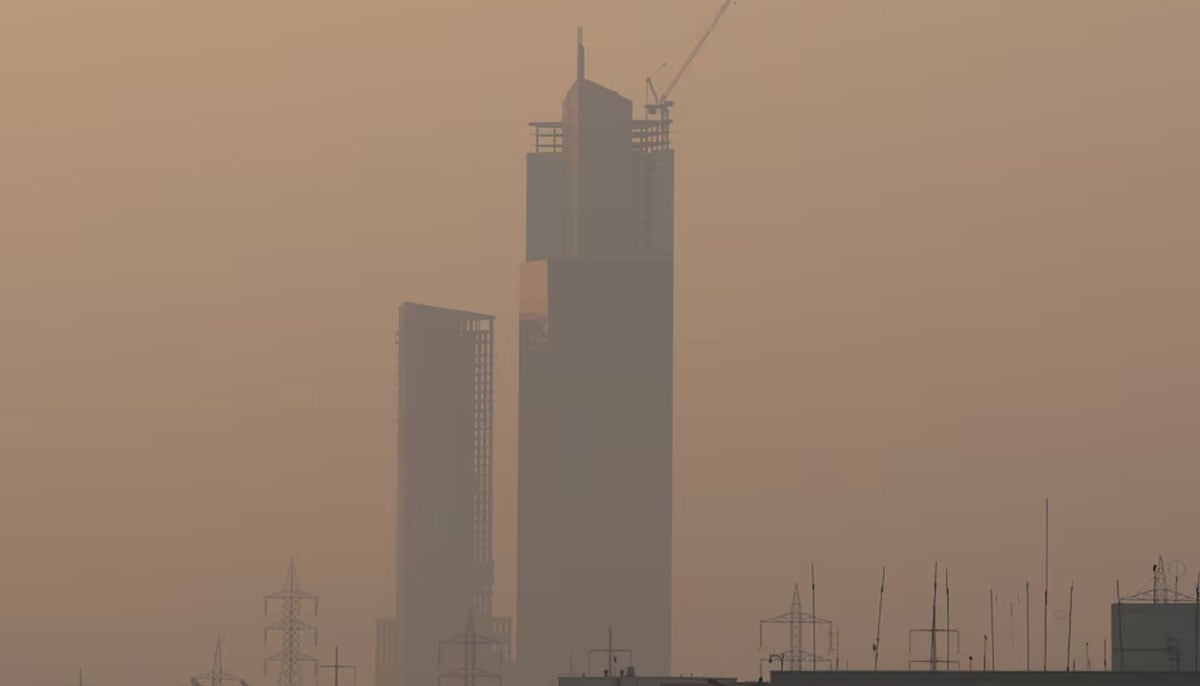
Parallel to Clean Air Action Plan and Smog Strategy, there are Karachi Climate Action Plan and Lahore Climate Action Plan. The Karachi plan is sponsored by United Nations Development Programme (UNDP).
According to Husain, the Karachi Metropolitan Corporation (KMC) is going to implement it.
Meanwhile, the plan for Lahore has just started. Both of the plans aim to tackle the smog crisis.

Another prominent climate event that took place in Pakistan was Cyclone Asna. Under its influence, the country witnessed heavy rainfall coupled with lightning across the Karachi division on September 2 and 3.
Sukkur, Larkana, Khairpur, Dadu, Jacobabad, Hyderabad, Thatta, Badin, Tando Allahyar, Tando Muhammad Khan, Tharparkar, Mirpurkhas, Umerkot, and Sanghar were among the other affected areas.

Across the coastal regions of Sindh and Balochistan, at least 24 people reportedly lost their lives in rain and wind-related incidents.
Though the cyclone did not hit the country, rain and destruction caused as a result of strong winds affected people and infrastructure. The relief was once again not provided swiftly by the institutional departments.

Significant monsoon rains were also experienced by Pakistan from July to September in 2024. These floods resulted in loss of life and damage to properties.
Thousands of people were displaced as a result of floods, they damaged critical infrastructure as well as submerged farmland, threatening food security and livelihoods.
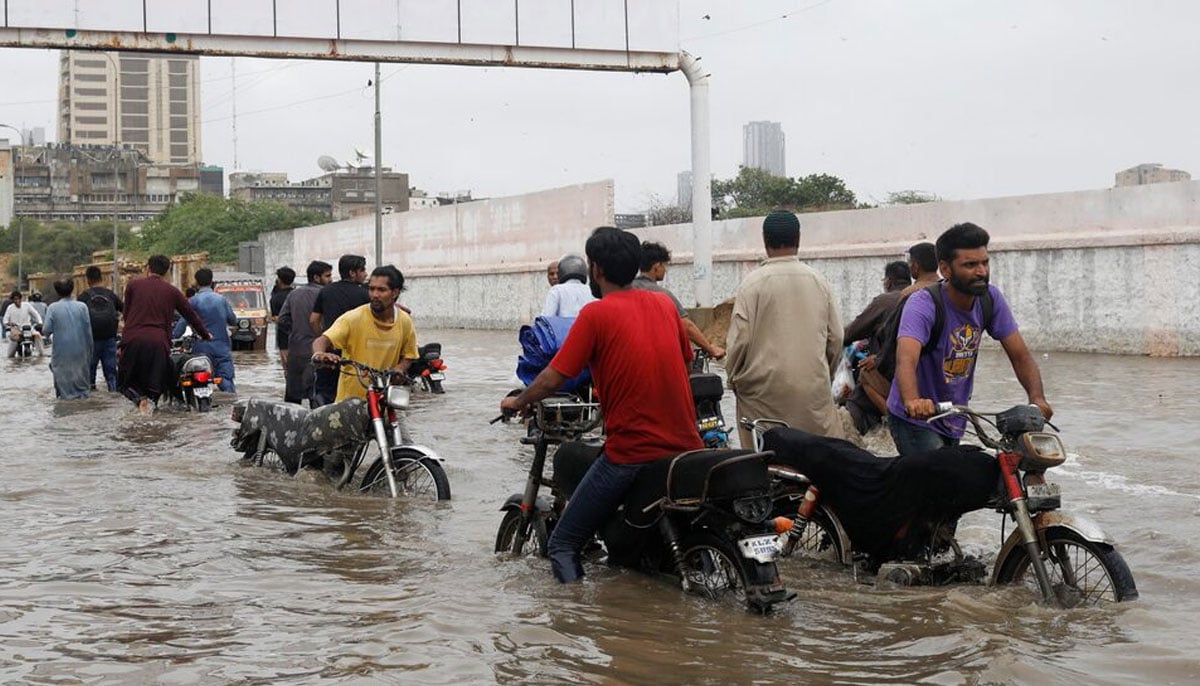
The authorities reached the affected with relief items and basic services with the support of local partners.
According to United Nations Office for the Coordination of Humanitarian Affairs (OCHA), the 2024 monsoon floods put emphasis on Pakistan’s ongoing humanitarian needs as well as the need to strengthen disaster preparedness and climate change adaptation strategies.

The catastrophic climate events and environment hazards that impacted Pakistan in the year 2024 do not produce the possibility of bright prospects for the future as the country continues to see the same circumstances year after year.
The government aims to enforce strict policies, adopt technological solutions, restore natural ecosystems, and enhance public awareness to mitigate the adverse impacts of these climate events.
However, the on ground evidence suggests that there is so much more which needs to be done if the country wants to have some firm standing in accordance with its coping processes against climate disasters and environmental dilemmas.
Kinza Shakeel is a staffer at Geo.tv. She posts on X at @kinzashakeel_
Header and thumbnail illustration by Geo.tv



